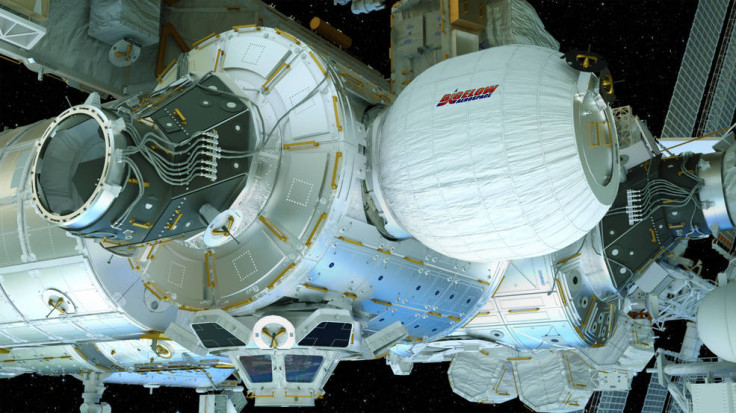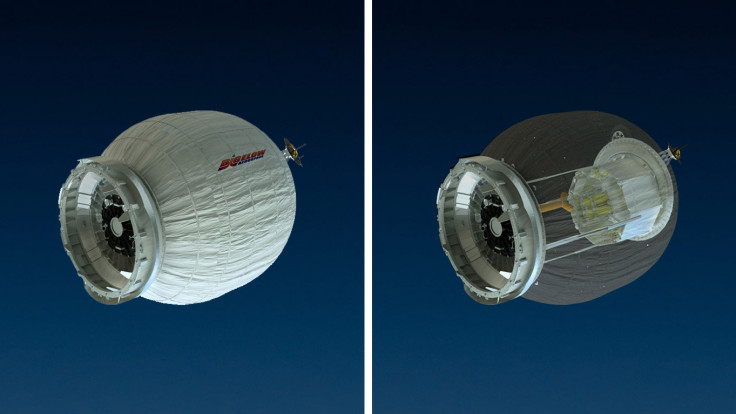Nasa to test first inflatable habitat on the ISS

Nasa is set to test its first inflatable habitat on board the International Space Station. The Bigelow Expandable Activity Module (BEAM) is the first test of an expandable module that one day could be used to provide living quarters for deep-space missions.
The inflatable habitat will be moved into position on the ISS's Tranquility module before being inflated from its compressed size to around 10ft in diameter and 13ft in length. Astronauts will enter BEAM around a week after it has been expanded. Over the next two years, they will return for a few hours several times per year in order to assess the conditions and retrieve sensor data.
Inflatable habitats will be important for future space missions. Because they are lightweight and take up little room, they can be used to provide astronauts with more space for living and working. . "They also provide protection from solar and cosmic radiation, space debris, and other contaminants," Nasa said. "Crews travelling to the Moon, Mars, asteroids, or other destinations could use them as habitable structures.

"This first test of an expandable module will allow investigators to gauge how well the habitat performs and specifically, how well it protects against solar radiation, space debris and the temperature extremes of space." After two years, BEAM will be released from the ISS and will burn up as it descends through Earth's atmosphere.
In a Reddit AMA before the inflation, scientists spoke about BEAM and its potential applications. They said it will be inflated with "standard breathing air" and once full, astronauts will be able to go in without a space suit or tether. Bigelow Aerospace engineer Brandon Bechtol said: "BEAM has undergone rigorous testing to ensure it meets the current Nasa safety standards. Crew will be able to enter the module as a standard 'shirt-sleeve' environment without the need for a space suit or tether."

The data returned from BEAM will provide vital information on the future of inflatable habitats – especially in regards to how well it protects from radiation. "Radiation can behave differently when passing through multiple fabric layers vs. metallic shells," said Nasa BEAM deputy manager Steve Munday.
"It remains to be seen how BEAM's radiation protection will compare to standard metallic modules, but that is a big part of the reason for doing this tech demo, paving the way for the use of expandable structures in future exploration missions."
The team said in the future, expandable habitats could be used on the surface of Mars. "Just as in the movie, The Martian ... only without the catastrophic explosion that nearly killed Matt Damon," Munday said. "Expandable habitats have the advantage of being launched small, taking up less volume on launch vehicles and in transit, and then become big later, expanding to full volume in space or even after being pre-deployed to the surface of Mars."
© Copyright IBTimes 2025. All rights reserved.






















